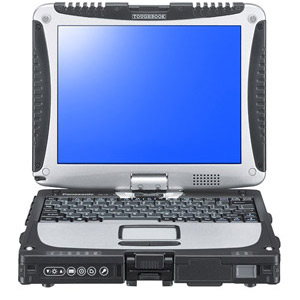Well, there another meme in the geoblogesphere, what do you have with you in the field (
see some other posts).
I bet mine is going to be a little different because I have so many tools, I can't take them all into the field at one time!
ClothesWell, I guess it depends on the weather, but the constant is chest waders. Sure, you may be able to get away with hip waders, but I always manage to get water down my leg in them. Ok, the beard is constant too, but it isn't as integral.
EquipmentNow we get into the good stuff. First, lets do some discharge. How about a
nice velocity meter? I use a flowtracker that automatically does the discharge calculation for your, depending on your method (.6, .2/.8, ice surface, etc).

Well, there are always wells. Will probably need an electronic well tape (beeps when the end of the tape hits water).

We can't forget about the actual chemical make up of the water. For "everyday" sampling I will be using a Hydrolab water quality sonde.

We have to communicate with all this equipment, so we need a computer that can handle some dirty and wet field sites. Looks like a job for a toughbook.

Last, but not least, a rite-in-the-rain notebook. I am playing around with water.








